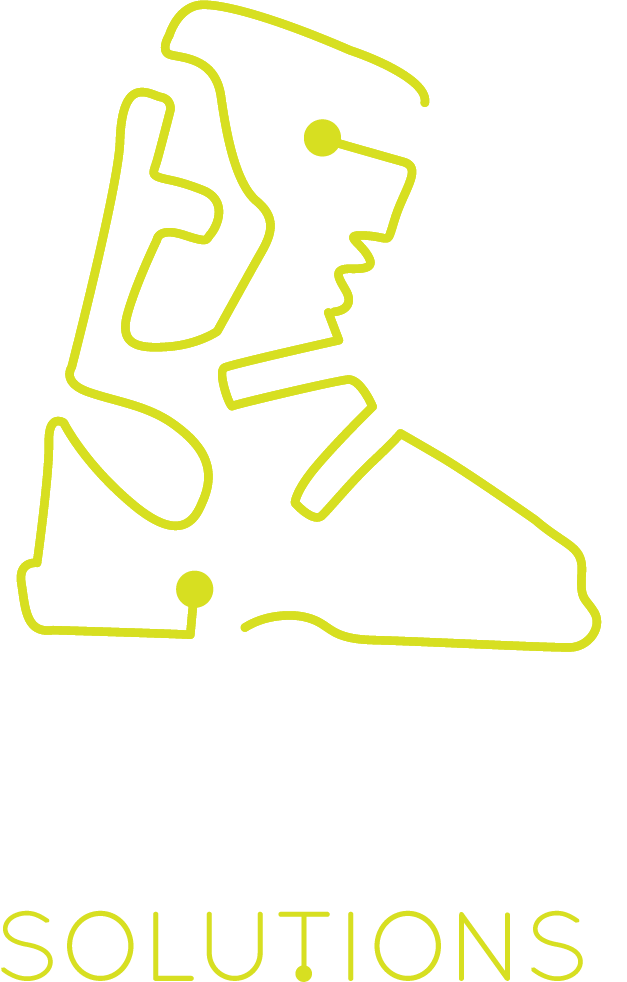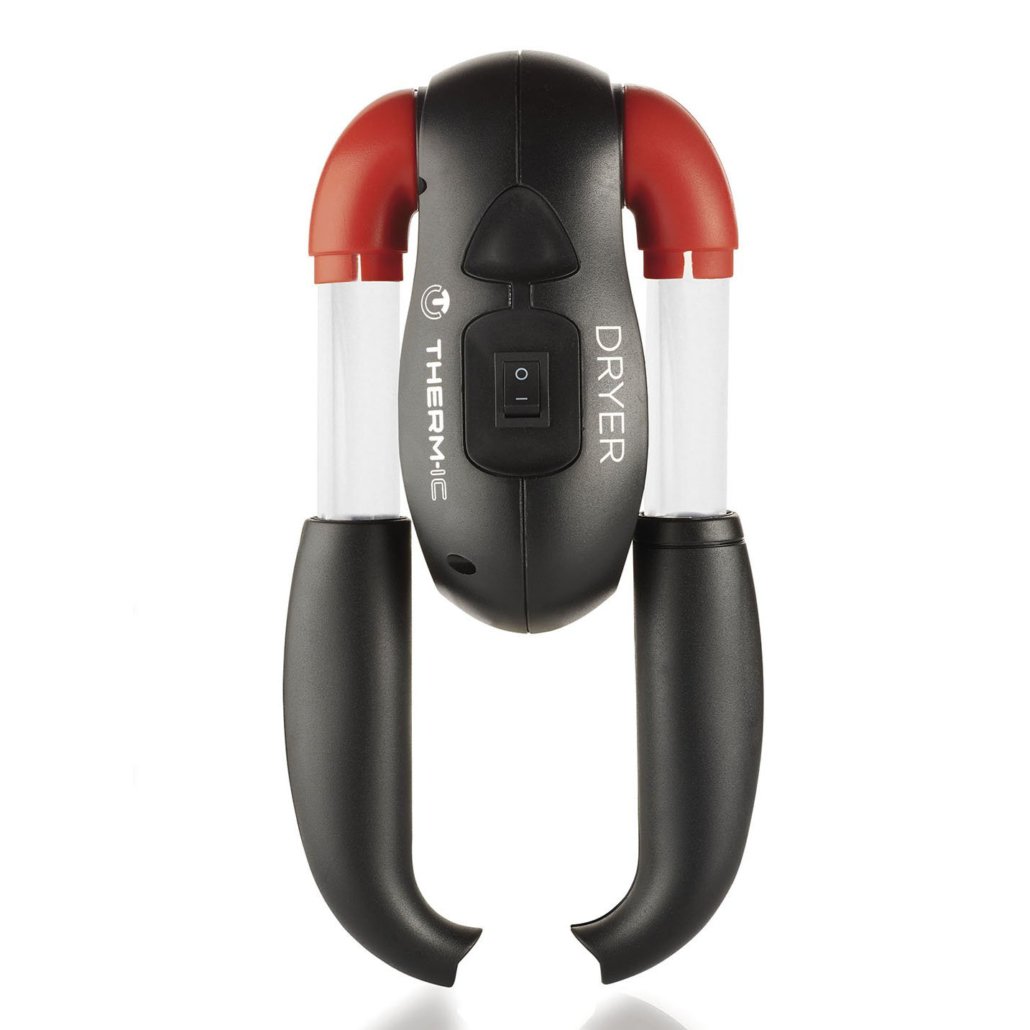A Beginners Guide to Finding Comfort in Ski Boots
Wearing ski boots can be daunting for new skiers, though at Boot Solutions we’re here to help and have been solving boot problems for over 15 years. Here are our tips for making your ski experience that much more comfortable, and ultimately more worthwhile.
Choose your boots based on fit, and not on colour or reviews
Boots are more rigid than shoes and the fit is a lot more important due to the pressure being transmitted through your skis and snowboard. For these reasons it is crucial that you wear a boot that is the right size and shape for your foot. If a pair of boots is too big you will slide around in it and hit the end, while your shin and ankle move around and sometimes receiving shin bang (ouch!) This is why it is important to choose a pair of boots under the guidance of professional bootfitter, as opposed to choosing a pair based on your shoe size, reviews, and advertising. What is comfortable for one person may be hell for another, so be sure to see a professional and prioritise fit over all other factors.
Have a pair of Custom Footbeds made
Custom Footbeds stabilise and provide a solid foundation for your foot from the ground up, so that your foot doesn’t collapse or change shape when weight is applied. Without Footbeds it is common for feet to roll inwards (pronation), which can lead to the inside ankle bone pressing up hard against the inside of the boot which can lead to discomfort and sometimes injury. Other people may experience cold feet due to the blood not being able to circulate with the soles of their feet being oddly weighted, and installing Custom Footbeds often helps with this. Lastly most skiers report an increased feeling of control after having custom footbeds installed, so this is a product that that will likely lead to improvements in your skiing.
Don’t put up with intense pain or excess movement in your boots
It is natural for your feet to experience minor discomfort when you haven’t worn ski boots for a while, however if it doesn’t go away come and see a bootfitter to see if there is an easy solution to the problem. There are many things that we can do to improve the way your boots fit, as all ski and snowboard boots can be customised. Common modifications include stretching the plastic shell to accommodate a wider forefoot or bunion, deepening the ankle pocket to accommodate more voluminous ankle bones, tailoring foam to eliminate excess space and increase heel hold, adjusting the buckle placement, or adding aftermarket power straps to reduce the movement in your leg. If your boot is too big or too small it will lead to reduced control and comfort, so come and see us if you think this may be the case.
Wear proper fitting ski socks
Wearing the right socks makes a much bigger difference than many beginner skiers expect, as it is the only thing between you and your ski boots. Counterintuitively thicker isn’t always better, and a thin to medium thickness merino sock will usually provide the greatest combination of warmth and comfort. In term of thickness we recommend keeping your socks consistent, as if you have a thin pair one day and a thick pair the next you will find that your boots fit tighter and then looser, which leads to reduced comfort and control.
It's also important to note that you should never wear two pairs of socks in your boots, as this will lead to circulation issues and ultimately cold feet.
Invest in heated socks if your feet are always cold
Some people suffer a lot more than others and if this sounds like you, you should consider investing in heated socks. Most heated socks nowadays are easy to wash and include an accompanying iphone/android app that allows you to easily moderate your temperature. Our Lenz 5.1 Heated Sock and RC 1200 battery pack kit is priced at ¥51,200 and in our opinion is worth every yen.
Do not tuck your thermals/leggings into your boots
The bottom hem of your thermals absolutely cannot go on the inside of your boot, as it will result in an uncomfortable mark forming on the front of your shin where pressure is applied to the tongue of your ski boot. When purchasing thermals, ensure that they can be easily pulled up above your boot line, or choose a three-quarter or legless option.
Purchase a travel friendly boot dryer
Moisture will build up in your ski boots throughout the day and unless you dry them each day, it will eventually lead to smelly boots, cold wet feet, or both. By purchasing a boot dryer like the USB powered Therm-ic for ¥7990 you will easily be able to dry your boots out at the end of each day regardless of what drying facilities your accommodation provides, without the hassle of having to remove your liners.
Avoid leaving your boots in the car overnight
If you start the day with cold boots, the chances are that they will not only be extremely difficult to put on, but they will stay cold all day. Always bring them inside when travelling so that you can start the day with warm, dry boots.
Learn how to put your ski boots on properly
There are a few tricks that can lead to your ski boots going on much easier, so watch the video below from Blister for more information.
Conclusion
Taking the right steps to find comfort in ski boots is not always intuitive for a new skier, however if you start the journey with the right fit, install custom footbeds and modifications, choose the right socks, use the correct technique to take your boots on and off, and start each day with warm, dry boots it will make your ski experience that much more rewarding.
For ski boot advice, products and service come and visit the professionals at any of our three Boot Solutions locations. We accept both walk-ins and appointments, to make an appointment click here.








